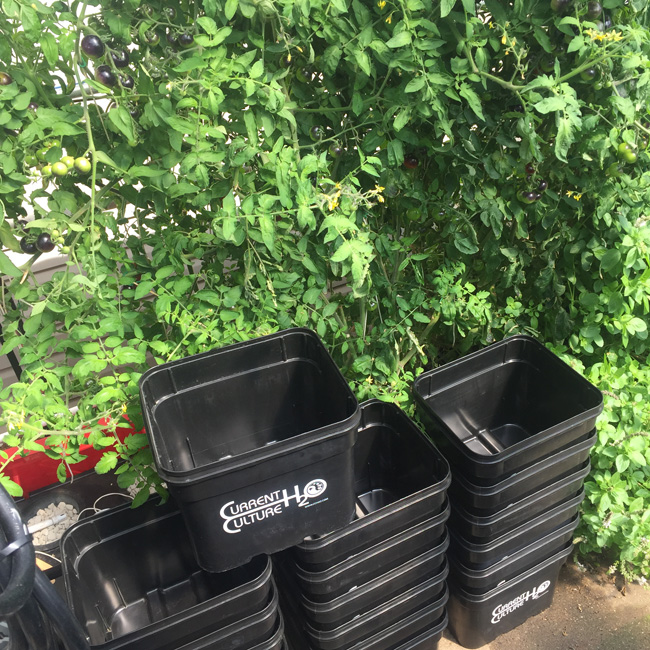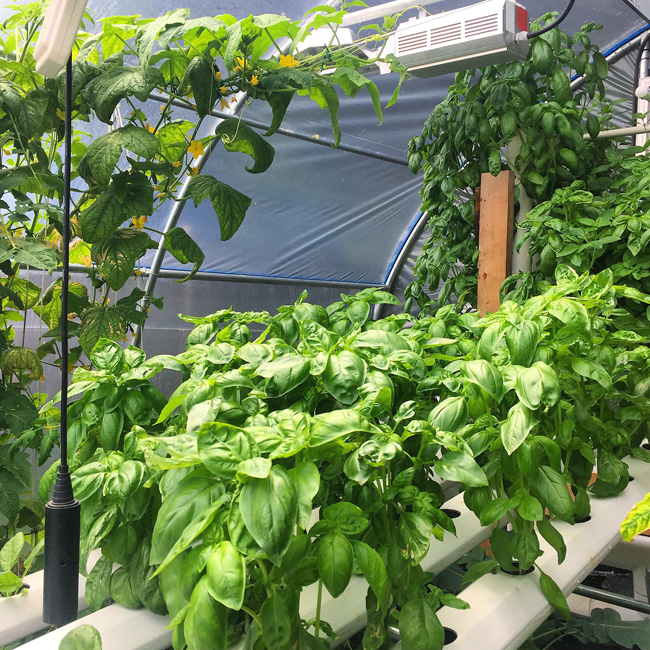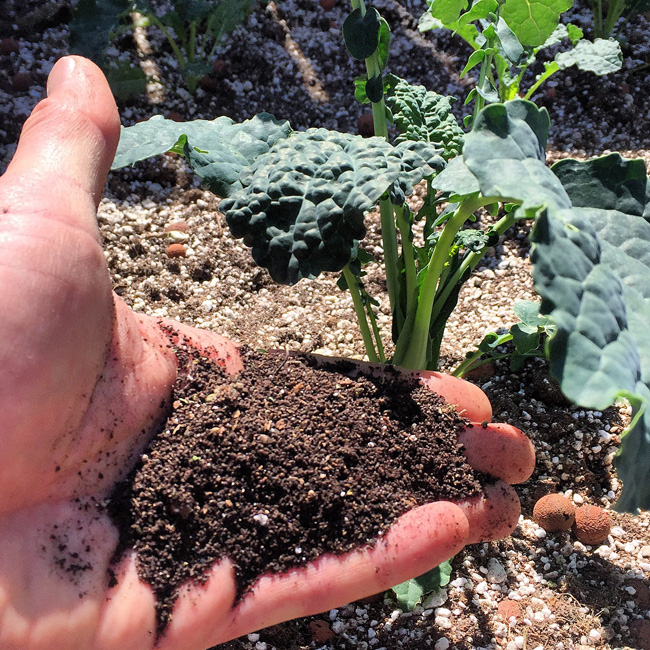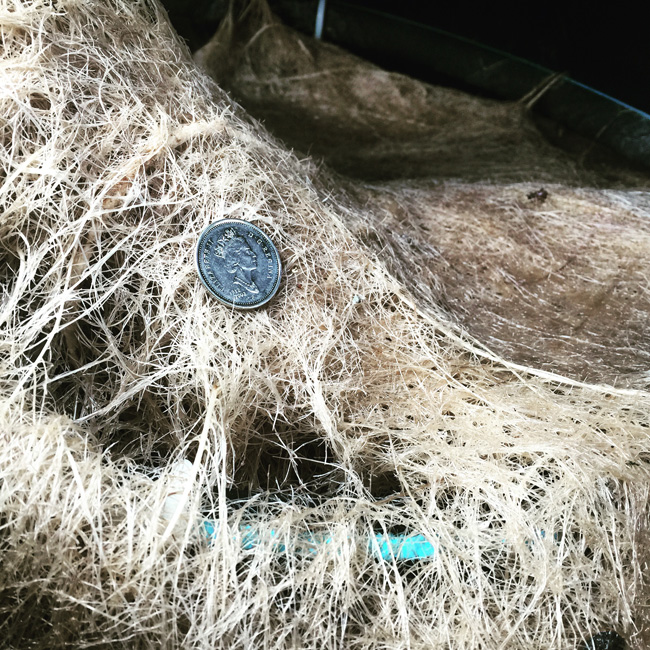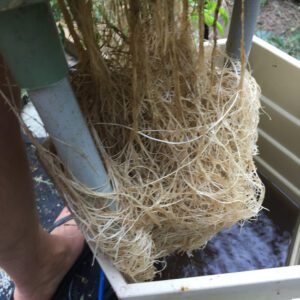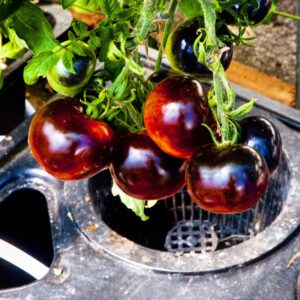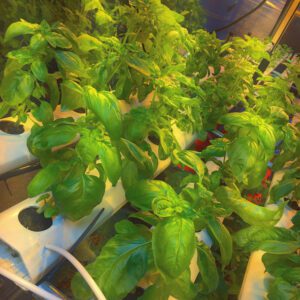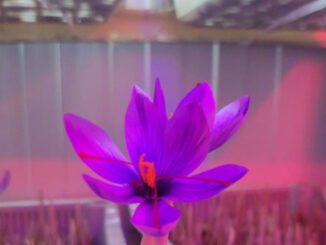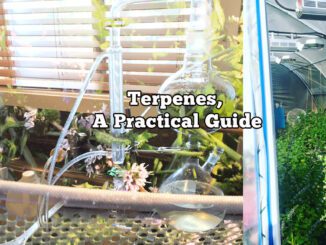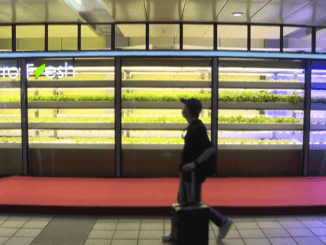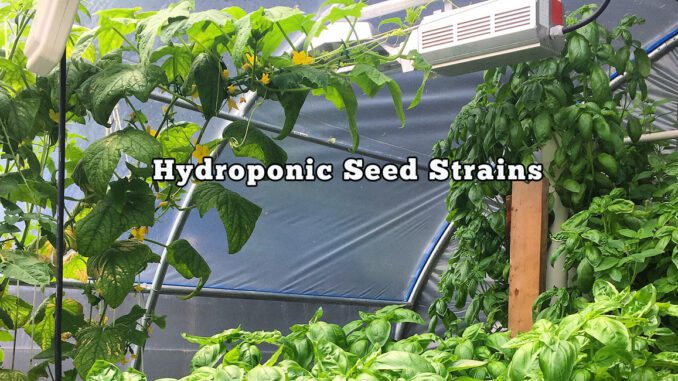
Hydroponic Seed Strains
Picking Strains for Hydroponics & Water Culture Systems
Choosing the right hydroponic seed strains can make fundamental differences in how your cropping experience may turn out when urban farming with hydroponics in recirculating water culture systems like NFT (nutrient film technique), RDWC (recirculating deep water culture), DFT (deep flow technique) and others.
Above: RDWC Culture modules for hydroponics by Current Culture
[ml-adverts location=home-page-content-banner-2]
What’s the Difference?
While just about any type of plant can be grown with a relatively good success rate in hydroponics or water culture systems, experienced growers will tell you that some strains within the same type of plant variety will often outperform others, sometimes with remarkably different rates of growth or harvest yields.
It seems some genetics just take to water better than others, so to speak.
As a general rule, varieties within the same type of plant family, for example in Sweet Basil the Genovese Sweet Basil variety does considerably better in hydroponics than the regular “garden variety”. Further, Genovese Sweet Basil will outperform all other varieties of Basil like Opal basil or Lemon Basil in most hydroponics systems.
Above: Genovese Basil thriving in an AmHydro NFT system with organic nutrients (Hydrogenesis)
How are “Hydroponic Seed Strains” are Different?
-usually are heavier feeders, ie like higher fertility levels versus other strains within same plant type
-have a tendency to be more moisture loving, ie thirstier plants than there genetic cousins
-tend to exhibit a higher degree of overall vigour and growth rates, ie hybrid vigour; the Olympians in the garden
Does This Make Hydroponic Seed Strains Better Plants?
Not necessarily. However, it most certainly makes them better suited to hydroponics and water culture growing methods. There are some fantastic varieties that just won’t do well in water culture, although they produce great in soil or soilless grow mixes like peat or coco. They just like terra firma, some might say.
Above: This Dinosaur Kale variety (Lacinato) just seems to grow better in a substrate versus Water Culture systems
[ml-adverts location=home-page-content-banner-3]
The BIG ADVANTAGE: if you are looking to grow using methods that save water, cut down on fertilizer consumption, don’t require replacement of growing media and that offer faster growth rates you definitely want to have a look at hydroponic gardening and water culture—there are other advantages too, as can be seen from the many articles and photos at grozine.com. Having a strain that performs well in hydroponics is like having the right driver for a performance machine, meaning it will handle higher demands and rates of performance with grace and ease over the rest of the pack.
Above: hydroponic tomato variety roots
At Grozine’s test gardens, which include seasonal outdoor hydroponics and year-round urban farming in a back yard greenhouse, we’ve tried lots of seed varieties over the last couple of years. While we have yet to meet a seed variety we don’t like, we’ve found some perform much better than others in our water culture systems, whether using premium synthetics like VegBloom or state of the art organic nutrients like Hydrogenesis. Our preferred systems are NFT and RDWC
Special Note on Aquaponics: varieties that do great in hydroponics usually stand to do well in Aquaponics, although we have noted subtle differences. Generally, plants that have a tendency to like moisture but lighter feedings are good candidates for Aquaponics versus Hydroponics (organic or synthetic).
Above: aquaponic tomato roots
Our TOP Picks for Hydroponic Seed Strains, to date:
Tomatoes: Indigo Rose, an heirloom variety. Fruits can get to be a little smaller than a tennis ball, although often more in the golf ball sizing range. A semi-indeterminate variety that can grow forever in a bushy-vine tendency, ideal for the greenhouse or the outdoor garden with minor pruning and training recommended for best results. The taste is great during warm conditions but borders on sublime when harvested under cold conditions—fruits develop a true “plum” taste in cold conditions which we found extraordinary.
Note for AQUAPONICS tomatoes, Striped Romas were a great performer, looked unique and tasted great; very firm.
Spinach: Without a doubt, Matador, an Italian heirloom variety has proven the best all-around water culture variety we have tested to date (although we never stop testing new varieties). While not the fastest grower it develops steadily, under a huge range of conditions. Resists bolting like a champion in warm conditions and thrives in cool weather producing mammoth sweet and tender leaves. Does well with harvesting leaves occasionally as they develop or as an entire plant after about 50 days from seeding.
Not the easiest to germinate with a high percentage, so plant more than you need. Also very strong resistance to Pythium in warm conditions and can literally freeze solid at bare roots, thaw and continue growing in mildly freezing periods.
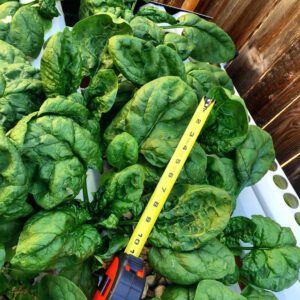
Herbs, Sweet Basil: Genovese Basil not only grows better in hydroponics versus other basil varieties, it also happens to have some of the best flavour and aroma; a culinary delight for pesto and other dishes. Hands down the best choice we have experienced for culinary basil when selecting hydroponic seed strains. African Tea Basil is also a very strong performer in hydroponics or water culture although it is less often used in North American kitchens versus sweet basil varieties. We’ve heard great things about Indian Holy Basil in hydro too—no experience to report.
Cucumbers: Most professional growers won’t grow cukes in water culture, preferring to stick with soilless methods like coco coir, peat mixes, saw dust bags or rockwool. Plants can do great, then all of a sudden they begin to wilt and flowers drop, leading to failure. They are thought to be highly root sensitive to wet and warm conditions, which is usually what occurs in a water culture system when the climate is favorable for growing cucumbers.
However, we have found Parisian Pickle, an heirloom French large straight pickling variety to be an excellent selection for hydroponic seed strains selection. The cukes we harvested for months and months from our Parisian Pickle seed selections when grown in mild strength nutrient solutions delivered soft skinned and sweet cukes that tasted great fresh too, for example in salads. Naturally we pickled loads too—the perfect poker straight sandwich toppers.
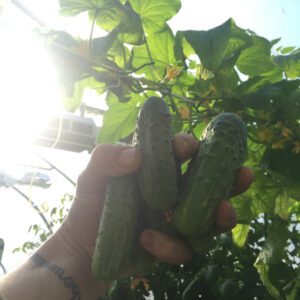
Kale: We love fresh kale, whether eaten raw and whole as greens in salads, wraps, etc or as juiced or added fresh to nutritional smoothies. We’ve tried several varieties, and the hands down best performer in hydroponics or water culture that still delivers on taste is Red Ursa, a Russian variety.
Our first grow with another Kale variety, the very popular Lacinato aka Dinosaur Kale, wasn’t entirely unsuccessful. However, after another go, planting both varieties at the same time in the same conditions, Red Ursa quite literally grows and produces double what we’ve seen from Lacinato as a hydroponic seed strains selection.
Note for AQUAPONICS Kale, Lacinato AKA Dinosaur Kale appears to be a lighter feeder and avoids micro nutrient deficiencies that can be more common in a natural Aquaponics system versus hydroponics.
 Above: Organic nutrients in RDWC system growing Red Ursa Kale.
Above: Organic nutrients in RDWC system growing Red Ursa Kale.

